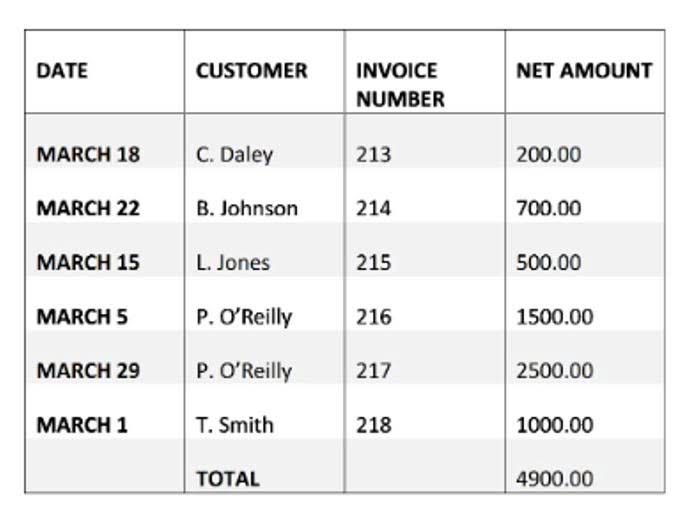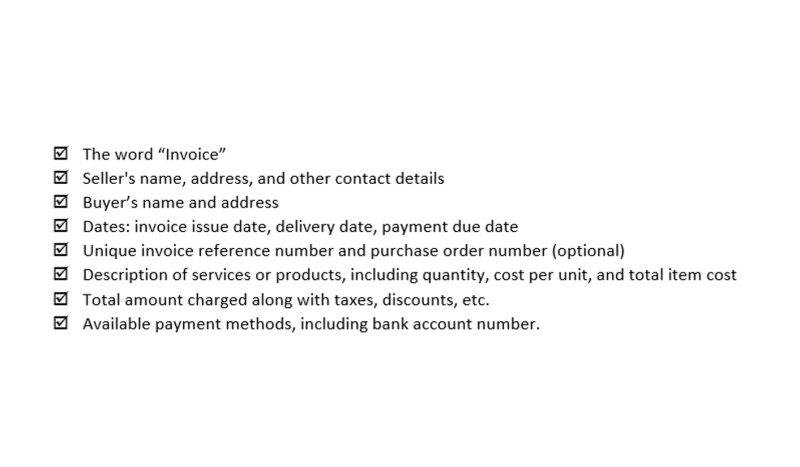
For example, if the exchange rate between two currencies changes, the value of an asset in one currency may decrease or increase. These costs after tax salvage value include the expenses for dismantling, removing, and transporting the asset, which can be substantial. For instance, if you’re disposing of a large machinery, the costs of breaking it down into smaller parts and transporting them to a recycling facility can be high. Calculate the annual depreciation by subtracting the residual value from the PP&E purchase price and dividing that amount by the useful life assumption.
Calculating Tax on the Gain
It is based on the value a company expects to receive from the sale of the asset at gross vs net the end of its useful life. In some cases, salvage value may just be a value the company believes it can obtain by selling a depreciated, inoperable asset for parts. Discover how to identify your depreciable assets, calculate their salvage value, choose the most appropriate salvage value accounting method, and handle salvage value changes. The majority of companies assume the residual value of an asset at the end of its useful life is zero, which maximizes the depreciation expense (and tax benefits).

How to Use the Salvage Value Calculator?
Accurately predicting future selling prices, anticipating potential changes in tax laws, and estimating disposal costs can pose challenges. In conclusion, calculating the salvage value after tax is crucial for financial planning and decision-making. By thoroughly understanding the tax implications, estimating the pre-tax salvage value, and deducting the tax liability, you can determine the salvage value after tax accurately. Different depreciation methods can result in varying amounts of accumulated depreciation, which can impact the book value and taxable gain or loss when calculating salvage value after tax. Understanding after tax salvage value is a crucial component in determining the overall profitability of an investment or asset.

Disposal Costs
- For instance, if the PP&E purchase price is $1 million, the salvage value is $200k, and the useful life assumption is 5 years, the annual depreciation would be $160k.
- In this article, I explore the mechanics of ATSV, its importance, and how to compute it accurately.
- It is a method of recognizing the decline in value and the wear and tear of an asset over time.
- The after-tax salvage value is the net value of an asset after it has been sold and all related taxes have been deducted.
- A company can also use salvage value to anticipate cash flow and expected future proceeds.
After-tax salvage value considers the impact of taxes on the salvage value, while net salvage value is the total amount received from selling an asset without accounting for taxes. No, salvage value after tax takes into account any tax implications, while net salvage value refers to the estimated resale value of an asset without considering taxes. Depreciation reduces the book value of an asset over time, which can impact the taxable gain or loss when calculating salvage value after tax. To accurately calculate the salvage value, businesses must consider the asset’s maintenance costs, which can significantly impact its residual value. The salvage value equation is a crucial tool for businesses to estimate the residual value of an asset after its useful life. This equation helps determine the asset’s worth at the end of its useful life, which can significantly impact financial decisions.
How does the after-tax salvage value affect a business’s taxes?

The double-declining balance method is a depreciation technique used to calculate the reduction in value of an asset over its useful life. This method allows for faster depreciation in the earlier years and slower depreciation in the later years. The straight-line method is a commonly used approach for calculating depreciation by evenly spreading the decrease in an asset’s value over its useful life until it reaches its salvage value.

Challenges arise when tax laws change or when dealing with complex asset classes, underscoring the need for diligent research and potentially professional tax advice. Therefore, the salvage value is simply the financial proceeds a company may expect to receive for an asset when its disposed of, though it may not factor in selling or disposal costs. The depreciation rate is influenced by the asset’s useful life, salvage value, and the method of depreciation chosen, such as the straight-line or double-declining balance method. One of the first things you should do after purchasing a depreciable asset is to recording inventory journal entries in your books examples create a depreciation schedule. It helps businesses and individuals estimate the net cash flow they will receive when disposing of an asset after taking into account the applicable tax consequences.
You must subtract this from the basis cost to avoid «double-dipping» on tax deductions, as per the IRS. To determine the estimated remaining useful life of an asset, research market examples of similar assets. You must subtract the accumulated depreciation from the basis cost to arrive at the asset’s current salvage value. To calculate salvage value, you need to know the original purchase cost of the asset, including any initial taxes, shipping fees, or installation costs. The value of an asset can change over time due to factors like age, condition, rarity, obsolescence, wear and tear, and market demand.
- This concept helps companies plan for the end of an asset’s useful life by estimating its residual worth, aiding in asset management and disposal decisions.
- Deskera ERP provides comprehensive asset management features that streamline the tracking, depreciation, and eventual disposal of assets.
- Understanding the CSED helps taxpayers manage obligations and avoid prolonged collection actions.
- To calculate the annual depreciation expense, the depreciable cost (i.e. the asset’s purchase price minus the residual value assumption) is divided by the useful life assumption.
- Some companies may choose to always depreciate an asset to $0 because its salvage value is so minimal.
- Before understanding the concept of after-tax salvage value, let’s first clarify what salvage value is.
What Is a Gross Lease and How Does It Work in Accounting?
A company can also use salvage value to anticipate cashflow and expected future proceeds. To appropriately depreciate after tax salvage value formula these assets, the company would depreciate the net of the cost and salvage value over the useful life of the assets. If the assets have a useful life of seven years, the company would depreciate the assets by $30,000 each year. It measures the net benefit Travel Agency Accounting or loss of investing in a project, taking into account the time value of money.